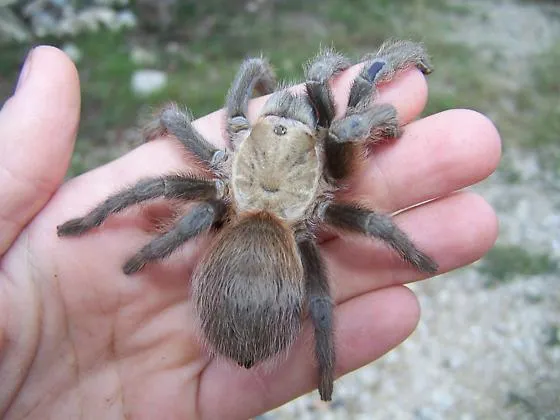Texas Tarantula Habitat: 5 Must-Know Facts
The Texas tarantula, a fascinating arachnid, thrives in specific environmental conditions within the Lone Star State. Understanding the nuances of their habitat is crucial for both appreciating these creatures and supporting their conservation. This article delves into five essential facts about the Texas tarantula’s habitat, providing valuable insights into their natural environment, behaviors, and the challenges they face. From the climate they prefer to the threats they encounter, we’ll explore what makes a Texas tarantula’s habitat unique and how we can contribute to their survival. These spiders are not just surviving, they are an integral part of the Texas ecosystem, and learning about their habitat is the first step in appreciating and protecting them. Understanding their habitat needs is crucial to ensuring their well-being in both the wild and in captivity.
Native Habitat of Texas Tarantulas
Texas tarantulas, primarily Aphonopelma species, call various regions of Texas home. Their native habitat is diverse, reflecting the varied landscapes of the state. They are commonly found in grasslands, scrublands, and open woodlands, where they can establish their burrows and find suitable prey. These spiders have adapted to specific niches within these ecosystems, utilizing the available resources to survive and reproduce. Their presence is an indicator of a healthy, balanced ecosystem. The distribution of Texas tarantulas is not uniform across the state; certain areas provide more favorable conditions due to factors such as climate, vegetation, and soil composition. The ability of these arachnids to thrive is directly linked to the characteristics of their environment and how well they adapt to changes.
Climate Conditions in Texas
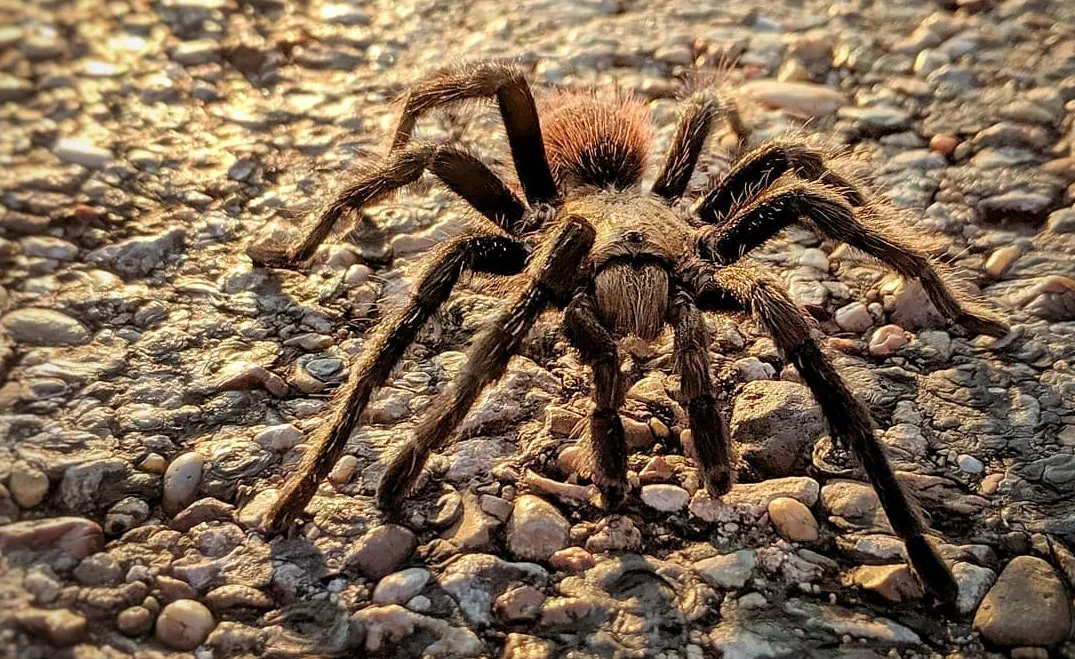
The climate in Texas is a critical factor influencing the distribution and behavior of tarantulas. These spiders generally prefer warmer temperatures and moderate humidity levels. The hot summers and mild winters in many parts of Texas provide a suitable environment for these ectothermic creatures. Periods of drought can pose a significant challenge, forcing tarantulas to seek refuge deeper within their burrows to conserve moisture. Seasonal variations affect their activity levels, with tarantulas often more active during warmer months when prey is abundant. Understanding the seasonal climate changes is therefore crucial to understanding the tarantulas behavior.
Typical Vegetation and Terrain
The type of vegetation and terrain plays a key role in providing the necessary habitat components for Texas tarantulas. Open grasslands and scrublands provide ample space for burrow construction, while the presence of shrubs and scattered trees offers additional protection from the elements. The terrain, including soil composition and drainage, also influences burrow stability and suitability. Tarantulas prefer areas with well-drained soil that allows for effective burrowing. The density of vegetation, soil type, and availability of cover are all important factors influencing where tarantulas choose to establish their homes. These elements together create a suitable environment that provides protection from predators and climate changes.
Burrowing Behavior and Habitat Preferences
Texas tarantulas are primarily burrowing spiders, constructing elaborate underground homes for shelter, protection, and breeding. These burrows provide a stable microclimate, protecting the tarantulas from extreme temperatures and predators. The size and structure of the burrows can vary depending on the species, age of the tarantula, and the soil conditions. The construction of the burrows is a complex process, involving the spider using its fangs and chelicerae to excavate the soil and shape the entrance. The burrow serves as a base of operations for these spiders. The preferred type of habitat is an open area in which the spider can easily construct its burrow and wait for passing prey.
Burrow Construction and Design
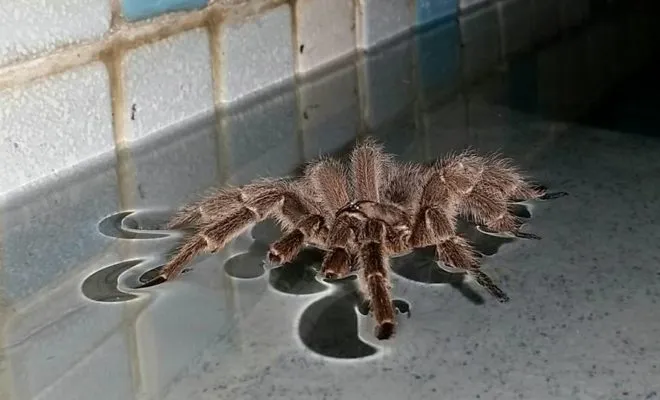
The design and construction of a tarantula’s burrow are remarkable examples of natural engineering. The burrows are typically cylindrical in shape, with a silk-lined interior that helps stabilize the walls and provides a comfortable environment. The depth of the burrow can vary, but it often extends several inches to a foot or more below the surface. The entrance is usually camouflaged with surrounding vegetation, making it difficult for predators to spot. The burrow’s strategic design protects the spider and provides a safe haven from predators and extreme weather conditions. These burrows are also vital for molting and egg-laying. The tarantula’s innate knowledge of engineering makes it a master architect in the wilderness.
Preferred Soil Types
Soil type is a crucial determinant of a suitable habitat for Texas tarantulas. They prefer well-drained soil that is not prone to flooding or collapsing. Loamy or sandy soils are often favored, as they are easier to excavate and provide good structural support for the burrows. The soil’s composition also affects the availability of prey and the overall microclimate within the burrow. Soil that retains too much moisture can lead to burrow collapse, while very dry soil can make it difficult for tarantulas to maintain proper hydration. The soil quality directly impacts the spider’s ability to survive and reproduce. The ideal soil type is one that offers both stability and moisture retention.
Essential Elements for a Thriving Habitat
A thriving Texas tarantula habitat consists of several essential elements that contribute to the spiders’ survival and well-being. These include the right temperature and humidity levels, sufficient hiding places, and access to a reliable food source. The availability of these elements is crucial for their survival. Without the right conditions, tarantulas may struggle to regulate their body temperature, find prey, or protect themselves from predators. The combination of these factors ensures that tarantulas can thrive and continue to contribute to the ecosystem. Habitat suitability is thus a multifaceted concept that considers multiple interacting aspects of their environment.
Temperature and Humidity Requirements
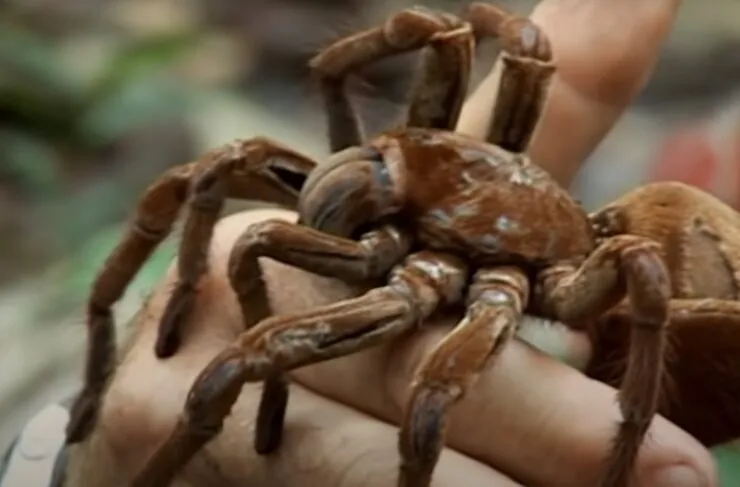
Texas tarantulas are ectothermic, meaning they rely on external sources to regulate their body temperature. They thrive in a temperature range that aligns with the climate of their native habitats, typically between 70°F and 90°F (21°C and 32°C). Humidity levels are also essential, as they help the tarantula maintain proper hydration and facilitate molting. Moderate humidity levels are generally preferred, as excessively dry or humid conditions can be detrimental. These spiders seek microclimates within their burrows and the surrounding environment to meet their thermal and moisture needs. Monitoring temperature and humidity is crucial to understand their preferred conditions and how environmental changes might affect them. The balance between temperature and humidity is critical to their health.
Importance of Hiding Places
Hiding places are a critical component of a Texas tarantula’s habitat, providing security from predators and a safe space for molting and resting. These spiders construct burrows for this purpose. The burrows offer protection from harsh weather conditions and also provide a stable environment. Other hiding places, such as rock crevices and beneath vegetation, can also be utilized. The availability of hiding places reduces the tarantula’s stress levels and increases its chances of survival. The ability to retreat to a secure location when threatened is essential for their well-being. Providing hiding places is a key aspect of creating a suitable environment that supports their natural behaviors.
Diet and Water Sources
The diet and water sources in a Texas tarantula’s habitat play a vital role in their survival. Tarantulas are primarily predators, feeding on a variety of insects and small invertebrates. The availability of prey, along with access to fresh water, ensures they can maintain their health and energy levels. The type and abundance of food sources available in their habitat influence their growth and reproductive success. Monitoring and understanding food and water resources are necessary to gauge how environmental changes or human activities might impact them. A diverse and readily available food supply is crucial for the spiders’ health.
Natural Prey Availability in Texas

Texas tarantulas are opportunistic hunters, feeding on a range of prey items that are available in their environment. Common prey includes crickets, grasshoppers, beetles, and other insects. The abundance of these prey species varies depending on the season and the specific habitat conditions. The presence of a diverse prey base contributes to the tarantula’s ability to thrive, as it ensures that they have access to a variety of nutrients. The health and population levels of prey species are therefore critical indicators of the overall health of the tarantula’s habitat. Conservation efforts that support the prey base will also benefit the tarantulas.
Watering Techniques and Frequency
Texas tarantulas require access to fresh water to maintain hydration, especially in arid environments. They obtain water from the dew, rain, and occasionally from their prey. Adequate hydration is crucial for their survival, as it helps them regulate their body functions and facilitates molting. In the wild, tarantulas may seek out damp areas, such as near streams or in soil with higher moisture content. In captivity, providing a shallow dish of water is crucial for maintaining their health. The frequency with which they need water varies based on the environmental conditions and their activity levels. Ensuring that they have access to a fresh water source is critical for their well-being.
Threats to Texas Tarantula Habitats
Texas tarantula habitats face a variety of threats that can impact the spider’s survival and the overall health of their populations. These threats include habitat destruction, fragmentation, and the impact of human activities. Understanding these threats is crucial for developing effective conservation strategies. The degradation of their habitat reduces their access to food, shelter, and suitable breeding grounds. Recognizing these threats is the first step towards protecting these vital arachnids. Conservation efforts are critical to preserving the Texas tarantulas.
Habitat Destruction and Fragmentation
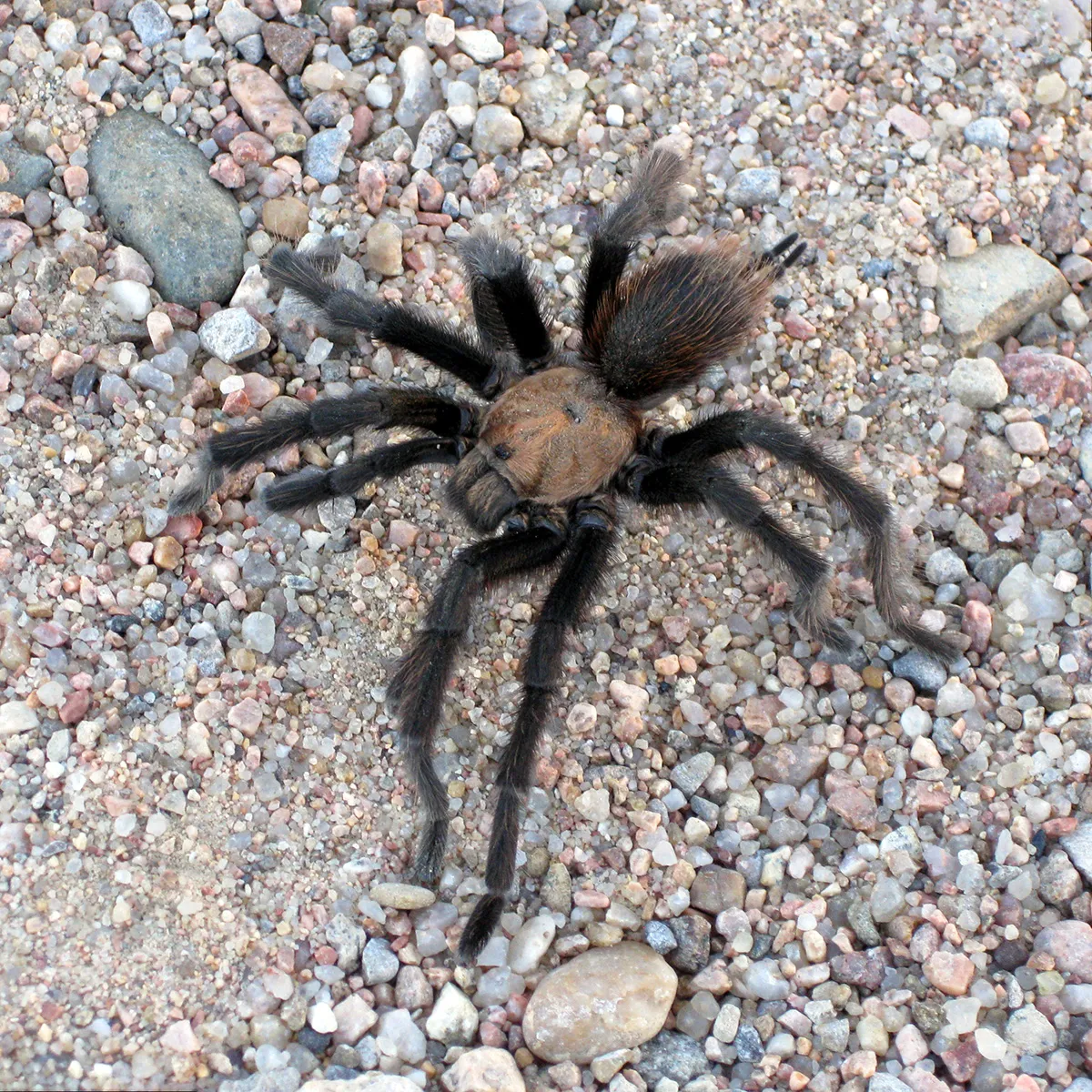
Habitat destruction and fragmentation are major threats to Texas tarantulas. Urbanization, agricultural expansion, and other human activities lead to the loss of natural habitats, reducing the available space for these spiders to live and thrive. Fragmentation of habitats, where large areas are divided into smaller, isolated patches, further exacerbates the problem, limiting their ability to move, find mates, and access resources. Habitat loss isolates populations, increasing the risk of inbreeding and making them more vulnerable to environmental changes. Effective habitat protection and restoration efforts are therefore crucial for their long-term survival. Careful land use planning and conservation initiatives are key.
Impact of Human Activities
Human activities have significant impacts on Texas tarantula habitats. Pesticide use, for example, can reduce the availability of prey items, indirectly affecting the tarantulas’ food supply. Construction, road development, and other infrastructure projects can directly destroy or fragment their habitats. Climate change, driven by human activities, can also alter the environmental conditions, making them less suitable for tarantulas. These impacts highlight the need for responsible environmental practices and conservation efforts that mitigate the negative effects of human actions on their habitats. Educating the public about these impacts is also important.
Conservation Efforts and Protecting Habitats
Various conservation efforts are underway to protect Texas tarantula habitats. These include habitat preservation through land acquisition, the establishment of protected areas, and sustainable land management practices. Research and monitoring programs help to assess population trends and identify areas that require the most attention. Public education and outreach initiatives are also crucial, raising awareness about the importance of tarantulas and their habitats. By working together, conservationists, scientists, and the public can help ensure the long-term survival of these spiders and their vital contribution to the ecosystem. Working with government and private entities is crucial for success.
How You Can Help Preserve Texas Tarantulas

There are several ways individuals can contribute to preserving Texas tarantulas and their habitats. Supporting conservation organizations through donations or volunteering is an effective way to help. Practicing responsible land stewardship, such as avoiding pesticide use and minimizing habitat disturbance, can also make a difference. Educating others about these spiders and their importance in the ecosystem can help to raise awareness and encourage greater appreciation for these fascinating creatures. Participating in citizen science projects, such as reporting tarantula sightings or contributing to habitat monitoring, can also provide valuable data for conservation efforts. Every small action can make a big difference in protecting Texas tarantulas and their habitats. Through education and responsible stewardship, we can ensure these arachnids thrive in Texas.
